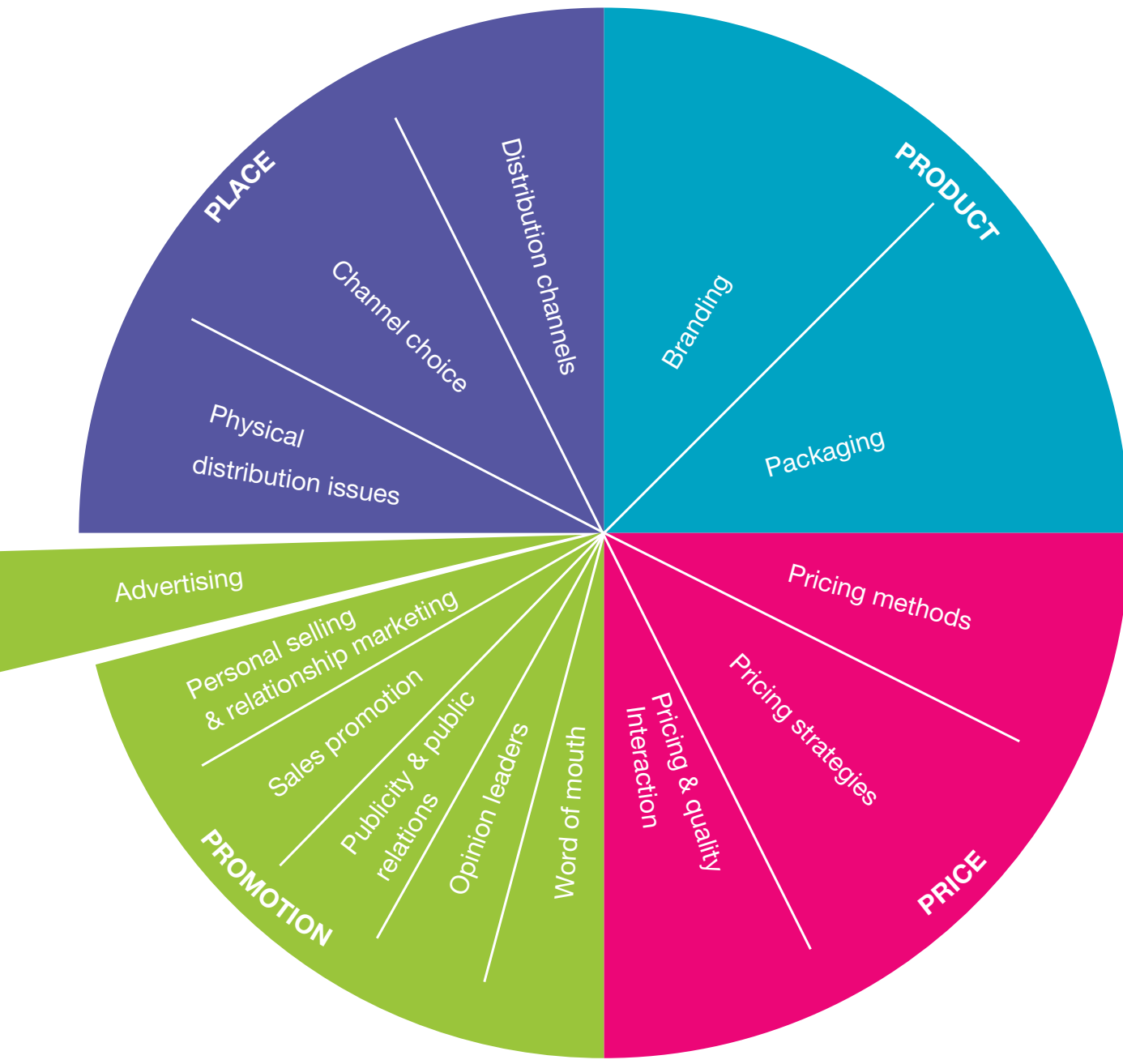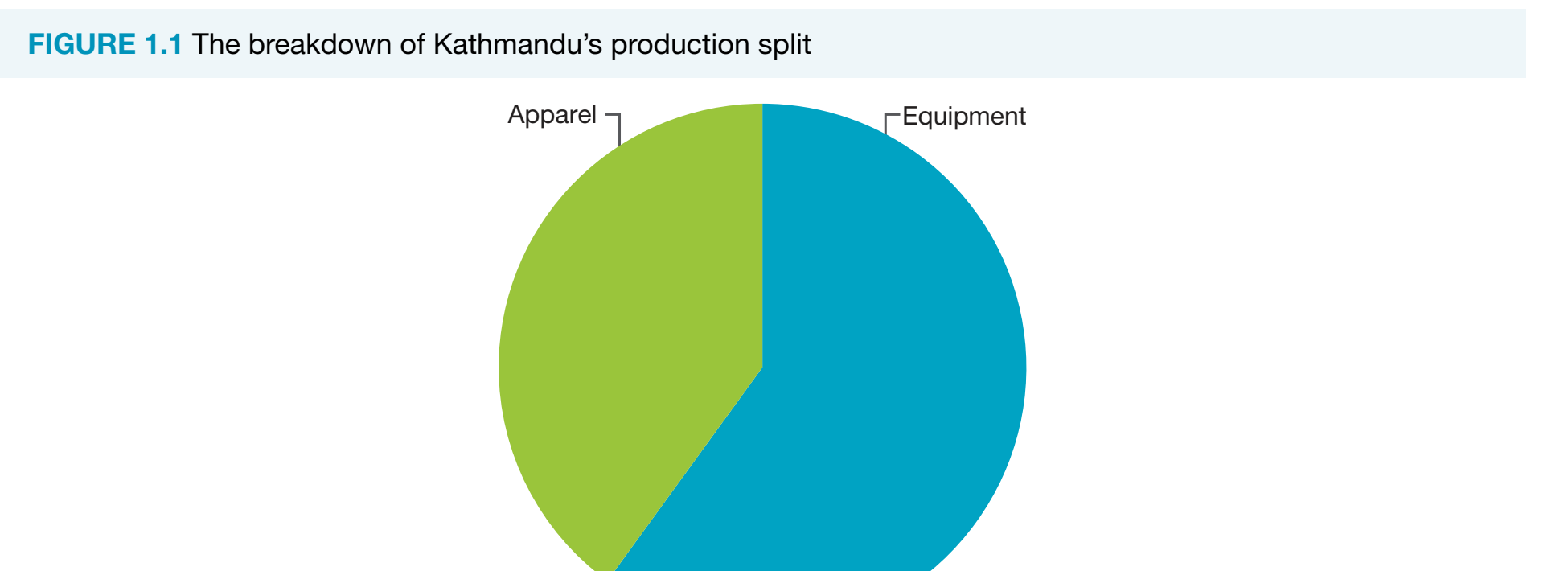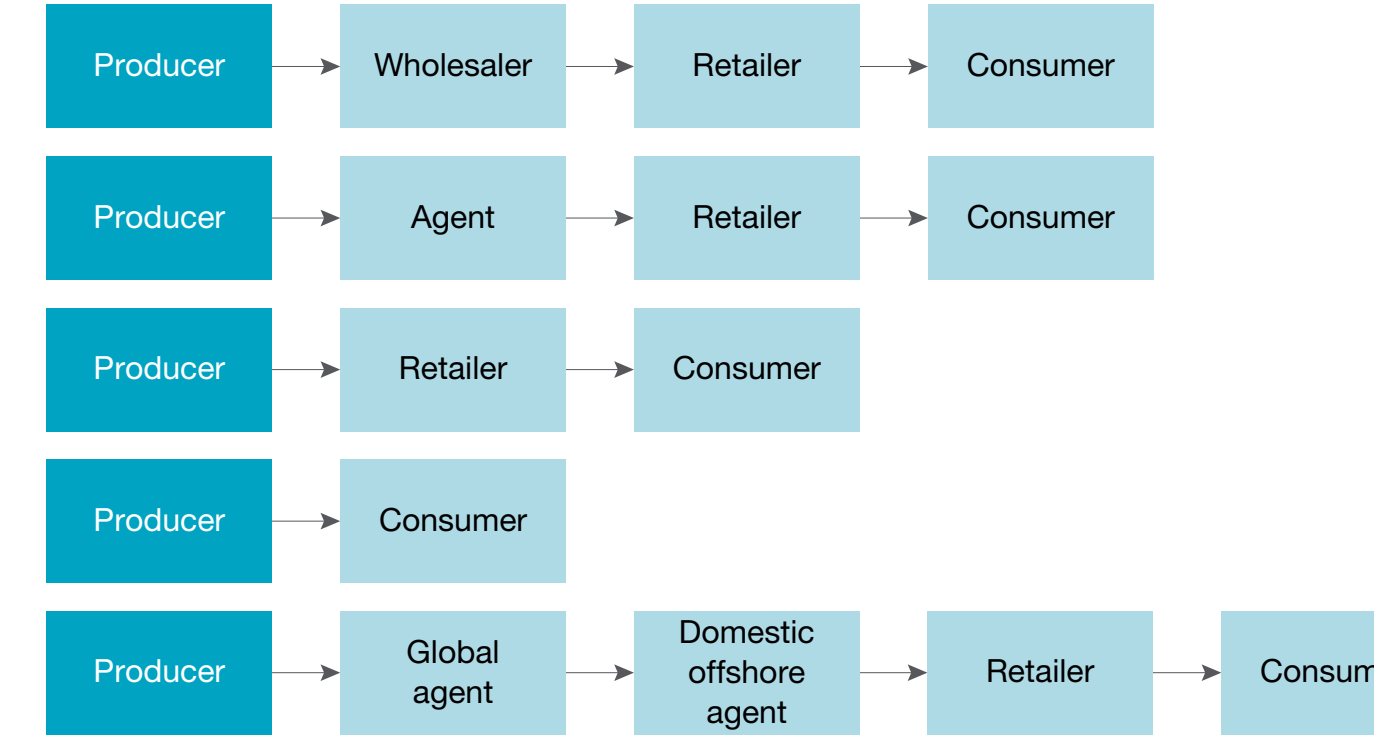Photo AI
Last Updated Sep 24, 2025
Kathmandu Marketing Strategy Simplified Revision Notes for SSCE HSC Business Studies
Revision notes with simplified explanations to understand Kathmandu Marketing Strategy quickly and effectively.
277+ students studying
Kathmandu Marketing Strategy
Introduction
Marketing: Aligning business offerings with market expectations to satisfy customer needs.
- It is fundamental to ensuring consumer satisfaction and fostering business growth.
- Effectively delivers products and services to the target audience.
- Example: A clothing brand studying trends to directly advertise popular styles to teenagers, thereby increasing sales.
Definition - Marketing: Aligning business offerings with market expectations to satisfy customer needs.
Interdependence: The synergy among business departments to achieve common objectives effectively. At Kathmandu, this ensures cohesion among marketing, production, sales, human resources, finance, and operations, thus enhancing overall success.
Strategic Differentiation at Kathmandu
-
Brand Distinctiveness:
- Utilises bold and innovative branding strategies that connect with its target audience.
-
Sustainable Practices:
- Employs environmentally friendly materials such as recycled polyester.
- Adheres to certifications like the Global Organic Textile Standard.
- Implements independent recycling programmes to curtail waste and promote sustainability.
-
Niche Marketing Strategies:
- Targets markets such as adventure travel.
- Cultivates a dedicated customer base through custom-tailored offerings.
- Example: Introducing specialised gear and trekking experiences to build brand loyalty.
Evolving niche strategies and advancing online distribution are vital for Kathmandu's competitive edge.
Leveraging Marketing Strategies for Brand Recognition and Customer Loyalty
-
Brand Recognition:
- Enhanced through targeted advertising and partnerships.
- Operates social media campaigns to boost engagement.
-
Customer Loyalty:
- Reinforced by consistent brand experiences and reliable products.
- Loyalty programmes and regular promotions ensure ongoing consumer interest. E.g., Exclusive member rewards enhance sales and retention.
Support for Business Objectives
- Marketing enhances perceived value, improving the company's competitive position.
- Objectives are directly linked with business goals such as expanding market share.
- Example: Following a marketing strategy overhaul, there was a significant x% rise in customer acquisition and retention.
Aligning marketing tactics with business goals is essential for future success.
Visual Representation: Kathmandu's Marketing Mix
-
Product:
- Innovate with quality-focused offerings.
- Balance material selection with attractive design.
-
Price:
- Strategy centres on establishing competitive pricing.
- Ensures customers recognise true value in purchase.
-
Place:
- Utilises both digital and physical distribution channels.
- Ensures broad availability across multiple platforms.
-
Promotion:
- Employs promotional strategies to capture consumer interest.
- Includes campaigns designed for consumer demand seasons.


Marketing and Production
- Synergy: Collaboration significantly enhances effectiveness. Marketing and production maintain close cooperation.
- Customer Feedback Integration: Marketing utilises customer insights to fine-tune production processes, aligning products with market needs.
Example: Marketing insights refined Kathmandu's hiking gear line, increasing satisfaction and sales.
Marketing and Sales
- Collaboration: Marketing and sales work towards shared success.
- Promotional Campaigns: Marketing develops campaigns to boost brand growth.
- Sales Coordination: Harmonising messaging ensures consistency.
Key Insight: The data highlights the positive impact of marketing on sales growth.

Evolution of Marketing Approaches
Kathmandu's marketing approach has transformed:
-
Production Orientation: Initially prioritised efficient output.
-
Selling Orientation: Focused on customer persuasion.
-
Marketing Orientation: Currently prioritises comprehensive fulfilment of customer needs.
-
Relationship Marketing: Cultivates customer loyalty through rewards.
-
Societal Marketing: Integrates sustainable practices using eco-friendly materials to align with current consumer trends.
See the flow chart outlining these transitions:

Marketing and Human Resources, Finance, Operations
- Human Resources: Marketing collaborates with HR to ensure employee behaviour reflects the brand ethos.
- Finance: Marketing validates expenses by aligning campaigns with financial targets and projected returns.
- Operations: Marketing insights enhance operations, reducing costs and boosting customer satisfaction.
Example: A campaign effectively reduced packaging waste, cutting costs and strengthening brand success.
Collaborations enhance efficiency and success for Kathmandu.
Market Types Definitions and Characteristics
Resource Markets
- Definition: Markets for trading raw materials.
- Characteristics:
- Emphasise sustainability and ethical sourcing.
- Fundamental for sectors reliant on raw materials.
Resource Markets: Markets for trading raw materials.
Kathmandu's Ethical Sourcing:
- Dedication to ethical sourcing.
- Strategic collaborations with trustworthy suppliers ensure sustainability.
Industrial Markets
- Definition: B2B markets where goods are sold for further manufacturing.
- Characteristics:
- Prime importance on quality and efficiency.
Example: Kathmandu assesses suppliers to guarantee quality and consistency in production.
Industrial Markets: B2B markets where goods are sold for further manufacturing.
Working Example: Factories enhance production by procuring high-quality inputs from verified suppliers.
Intermediate Markets
- Definition: Markets that bridge producers and consumers, like wholesalers.
- Characteristics:
- Plays a crucial part in distribution and logistics.

Intermediate Markets: Markets connecting producers with consumers.
Consumer Markets
- Definition: Markets targeting final consumers directly.
- Characteristics:
- Emphasises on consumer aspirations and experiences.
Kathmandu's Segmentation:
- Analyses demographic and psychographic data to tailor products effectively.
Consumer Markets: Direct markets targeting final consumers.
Mass Markets
- Definition: Markets catering to a broad range of audiences.
- Characteristics:
- High competition with focus on strong branding.
Discussion: Kathmandu employs mass marketing strategies to sustain broad appeal.
Mass Markets: Markets catering to a broad range of audiences.
Niche Markets
- Definition: Specialised market segments focusing on specific needs.
- Characteristics:
- Customises marketing efforts to meet precise consumer demands.
Focus: Kathmandu targets niche segments with specialised adventure travel gear for specific consumer engagement.
Niche Markets: Specialised segments focusing on specific needs.
Kathmandu's Involvement in Market Types
Resource and Industrial Markets
- Analysis of supplier relationships affects sustainability.
- Manufacturing partnerships drive quality enhancement.
Intermediate Markets
- Strategies with global distributors expand international reach and improve logistical efficiency.

Consumer Markets
- Implements segmentation strategies including demographic and geographic analysis.
- Developed products cater to varied consumer needs.
Mass and Niche Market Strategies
- Distinguishes between mass and niche strategies.
- Successful examples include Kathmandu's effective niche product launches.
Conclusion
Interdependence is crucial to achieving Kathmandu's strategic aims. Marketing enables success by integrating different business sectors and enhancing competitiveness through strategic collaboration.
Understanding various market types is critical for strategic success. Emerging trends involve digital markets and sustainability emphasis. Kathmandu must innovate and align strategies with these evolving trends for continued success.
500K+ Students Use These Powerful Tools to Master Kathmandu Marketing Strategy For their SSCE Exams.
Enhance your understanding with flashcards, quizzes, and exams—designed to help you grasp key concepts, reinforce learning, and master any topic with confidence!
240 flashcards
Flashcards on Kathmandu Marketing Strategy
Revise key concepts with interactive flashcards.
Try Business Studies Flashcards25 quizzes
Quizzes on Kathmandu Marketing Strategy
Test your knowledge with fun and engaging quizzes.
Try Business Studies Quizzes1 questions
Exam questions on Kathmandu Marketing Strategy
Boost your confidence with real exam questions.
Try Business Studies Questions27 exams created
Exam Builder on Kathmandu Marketing Strategy
Create custom exams across topics for better practice!
Try Business Studies exam builder24 papers
Past Papers on Kathmandu Marketing Strategy
Practice past papers to reinforce exam experience.
Try Business Studies Past PapersOther Revision Notes related to Kathmandu Marketing Strategy you should explore
Discover More Revision Notes Related to Kathmandu Marketing Strategy to Deepen Your Understanding and Improve Your Mastery
96%
114 rated
Kathmandu case study: Marketing
Kathmandu Marketing Process
300+ studying
199KViews96%
114 rated
Kathmandu case study: Marketing
Kathmandu Marketing Strategies
468+ studying
182KViews96%
114 rated
Kathmandu case study: Marketing
Kathmandu Marketing Strategy
470+ studying
182KViews